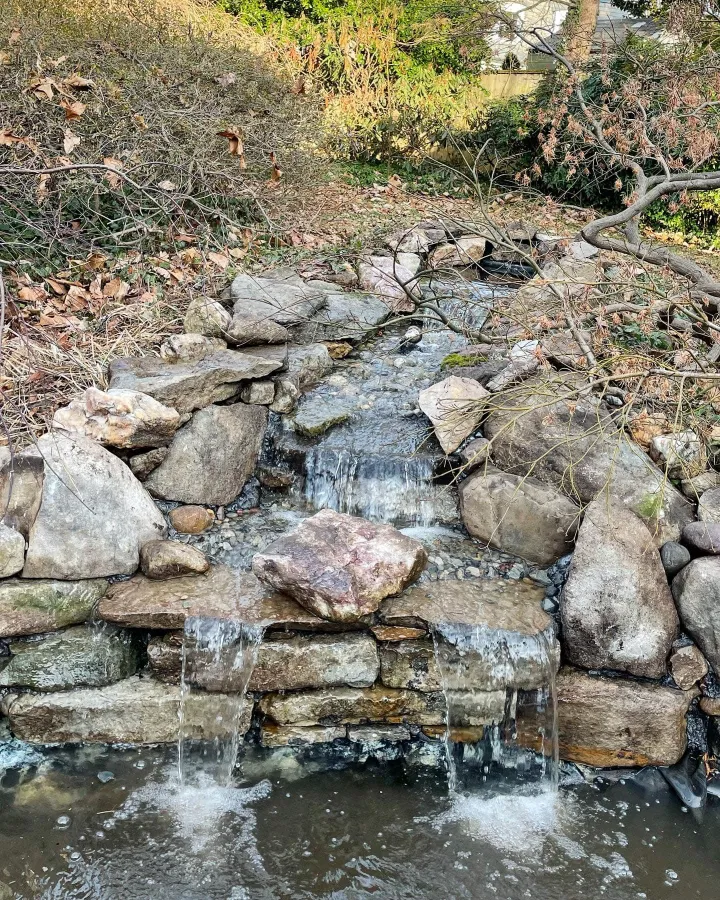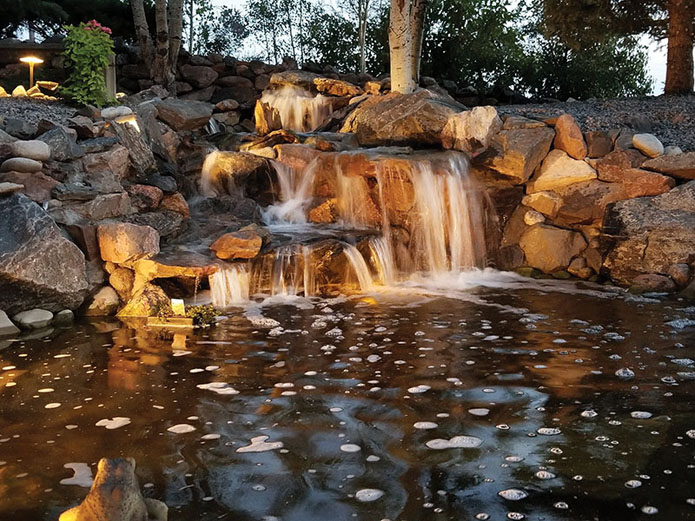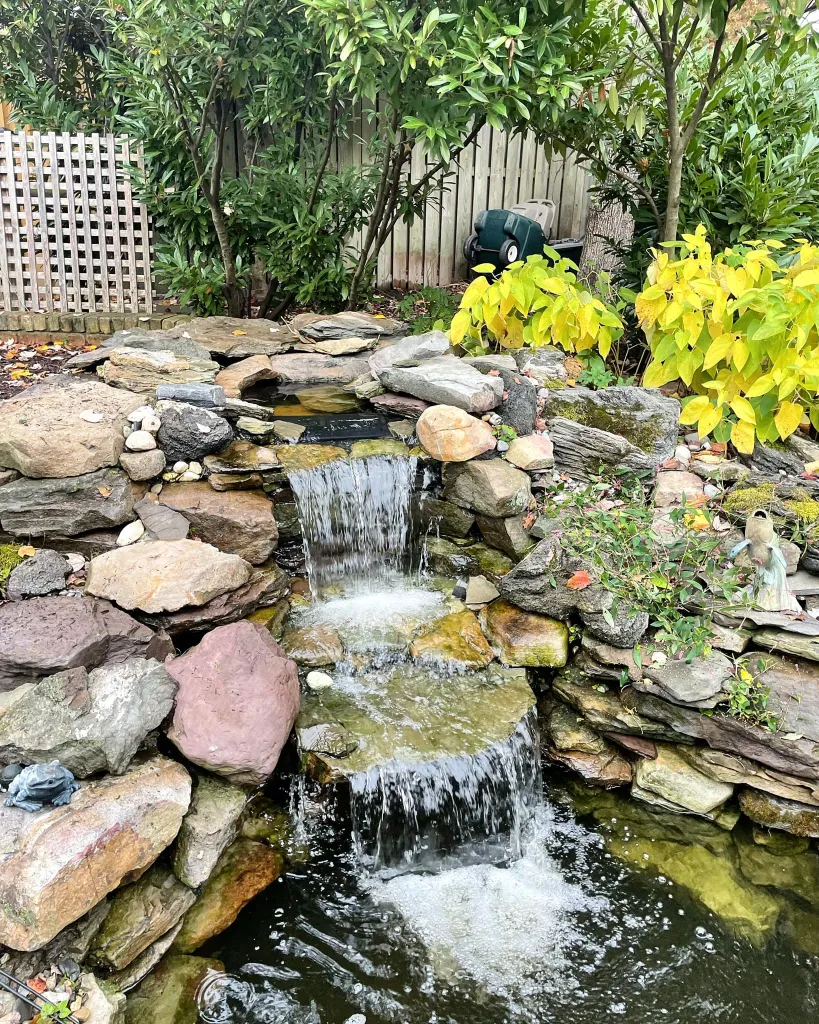Welcome to our comprehensive guide on how to create a stunning waterfall pond in your backyard. Waterfall ponds not only add beauty and tranquility to your outdoor space but also provide a habitat for aquatic plants and wildlife. Follow our step-by-step instructions to bring the soothing sounds of a waterfall into your own garden.
Materials and Tools You’ll Need
Before you begin constructing your waterfall pond, gather the following materials and tools:
- Pond liner
- Pump and tubing
- Rocks and stones
- Shovel
- Sand
- Water plants
- Level
- Marker
Step 1: Plan Your Waterfall Pond
Choose a location for your waterfall pond. Consider factors like sunlight exposure, proximity to power outlets, and visibility from your home. Mark the outline of your pond using a marker and ensure the area is level.
Step 2: Excavate the Pond Area
Using a shovel, dig out the marked area to the desired depth. Make sure the edges are sloped to allow easy access for wildlife. Remove any sharp objects or debris from the hole.
Step 3: Install the Pond Liner
Place the pond liner into the excavated area, ensuring it covers the entire space and overlaps the edges. Smooth out any wrinkles and folds in the liner to prevent leaks.
Step 4: Add Water and Test the Pump
Fill the pond with water and place the pump at the bottom. Connect the tubing to the pump and position it where you want the waterfall to flow. Test the pump to ensure proper water circulation.
Step 5: Create the Waterfall Structure
Arrange rocks and stones around the pump to create the waterfall structure. Start with larger rocks at the base and gradually add smaller stones towards the top. Be creative with the design to achieve a natural look.

Credit: premierpond.com
Step 6: Secure the Rocks
Use sand to fill in gaps between the rocks and secure them in place. This will prevent shifting or movement of the stones when the water flows over them. Add more rocks as needed to enhance the waterfall effect.
Step 7: Plant Aquatic Vegetation
Add water plants around the pond and waterfall area to enhance the natural ecosystem. Choose a variety of aquatic plants like water lilies, cattails, and irises to attract wildlife and create a balanced environment.
Step 8: Fill the Pond Completely
Once you are satisfied with the waterfall structure and plant placement, fill the pond to the desired level. Allow the water to settle and adjust the pump flow to achieve the perfect waterfall effect.
Maintaining Your Waterfall Pond
Regular maintenance is essential to keep your waterfall pond looking its best. Here are some tips to ensure the longevity and beauty of your water feature:
- Check the pump and tubing regularly for clogs or debris.
- Trim overhanging plants to prevent them from falling into the pond.
- Remove leaves and debris from the water surface using a skimmer.
- Monitor water quality and add treatments as needed to prevent algae growth.
- Winterize your pond by removing the pump and protecting plants from frost.

Credit: www.pondtrademag.com
Benefits of a Waterfall Pond
Waterfall ponds offer a range of benefits beyond their aesthetic appeal. Here are some advantages of having a waterfall pond in your backyard:
- Creates a peaceful and relaxing atmosphere with the sound of flowing water.
- Provides a habitat for aquatic plants, fish, and wildlife.
- Improves air quality by increasing oxygen levels through water circulation.
- Enhances the overall look and value of your property.
- Offers a serene space for meditation, yoga, or outdoor gatherings.
Conclusion
By following our step-by-step guide, you can create a beautiful waterfall pond in your backyard that will bring joy and tranquility to your outdoor space. Whether you are a seasoned gardener or a beginner, building a waterfall pond is a rewarding and enjoyable project that will benefit both you and the environment. So, gather your materials, roll up your sleeves, and get ready to enjoy the sights and sounds of nature right in your own backyard!


